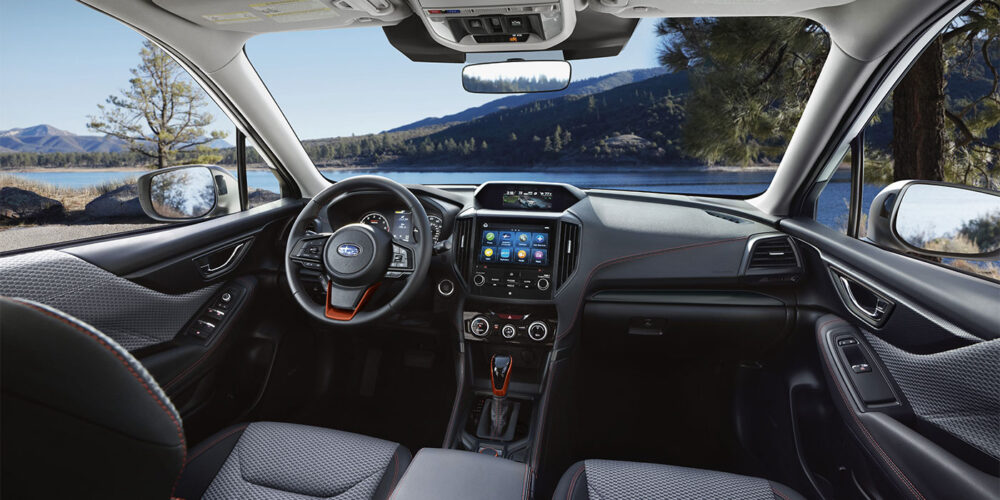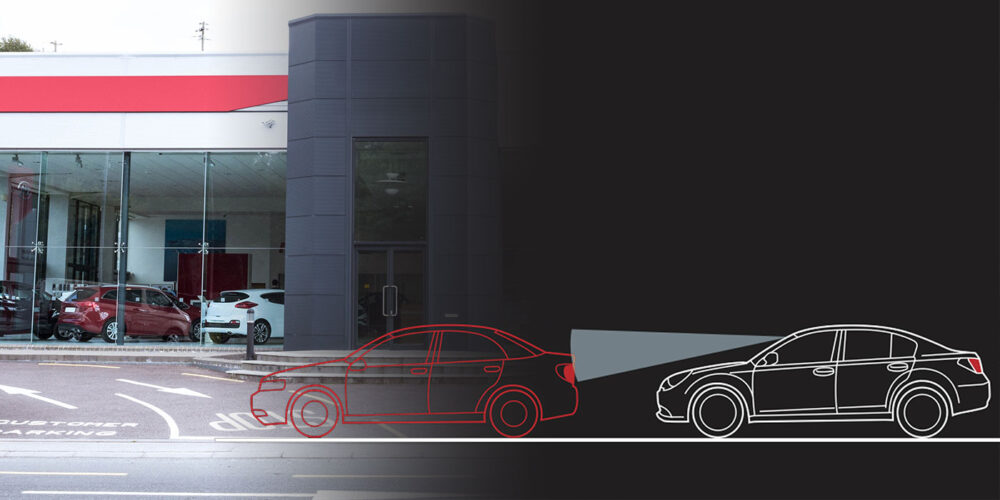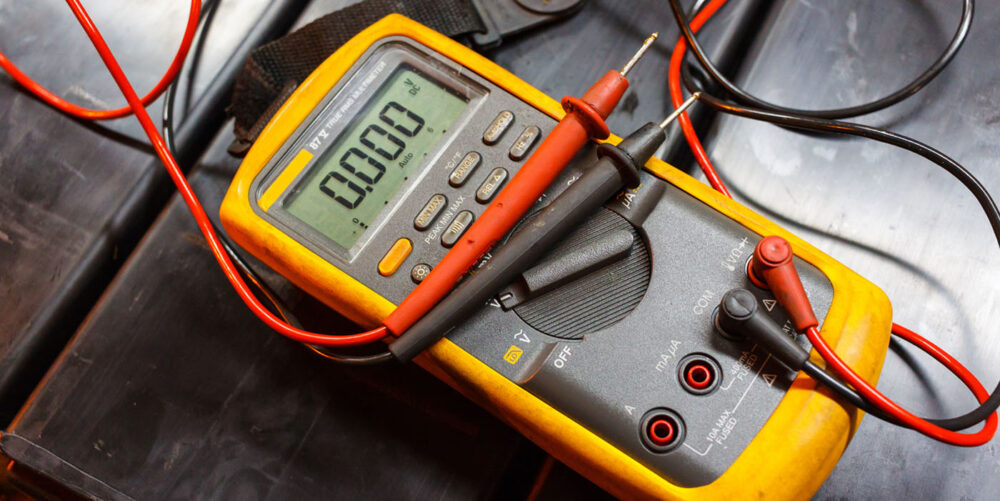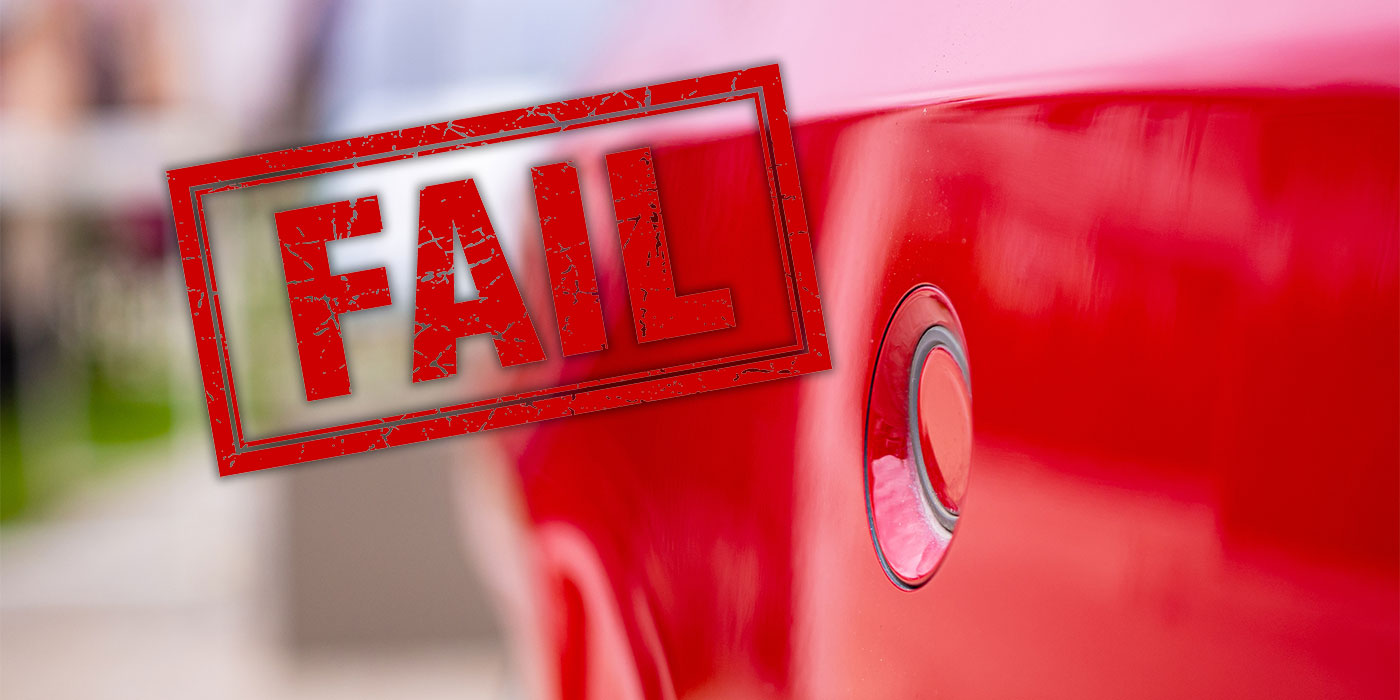Changes in the automotive industry have been fast and furious with no sign of slowing down. Vehicle structures, metals, plastics, welding requirements and electronic features keep changing the way we all do business. In many conversations with shop owners and managers as well as technicians, the same question for almost everyone keeps coming up: How do we keep up?
Keeping up with all the changes and processes to repair new vehicles correctly is a daunting challenge for any shop. Each vehicle manufacturer develops and designs features for its own vehicles. This requires shops to research each vehicle manufacturer’s procedures and realize that these may change from year to year and model to model. This is one of shops’ greatest challenges: the addition of new electronic features and systems; a plethora of new components, such as modules and sensors; and the inconsistency of processes between year, make and model of vehicles. With these challenges, many shops have had to rely on outside sources for information and services. Even shops doing most of their own electronics repairs, programming and calibrations have had to rely on go-to outside companies or sublet when a challenge is beyond their resolution. This may be a dealer or a sublet provider of services.
Changes and Changes
Saying nobody knows everything about every vehicle is truly an understatement, considering all the changes in designs from year to year as well as model to model. Plus, add in all the variables a collision creates. Many times, you’ll see that no two resolutions to a problem are the same. But, it is the experience of troubleshooting a problem that is the key to being successful at repairing vehicle electronics. This is where a specialist in a particular field becomes a critical piece to the future of repair shops.
A body technician who does your shop’s calibrations or electronic repairs is learning and gaining experience. However, the frequency at which those electronics services are done is the limitation. For the most part, the technician may be successful at a large portion of what he or she is doing, mainly due to the equipment, such as scan tools (especially in the aftermarket tool category) being user-friendly and simple to follow. The challenge is when the scan tool does not read a particular vehicle or module, or the process isn’t easy to find or follow on the scan tool. Another challenge is when a U code shows as a diagnostic trouble code (DTC), and now a diagnostic process will be involved to find the issue. Without experiencing this and knowing what to do, the technician becomes entangled in time and frustration. And this is when help is needed.
Help!
When help is needed, where do you go? Sometimes it depends on what type of help you need and who is available.
The first thought is taking a vehicle to a dealership. Depending on the location of the nearest one, that dealership may become your source of help. But there are many factors to consider: the time it will have the vehicle, the time it takes to transport the vehicle over and how much that will delay the promised date to the vehicle owner. Another factor to consider is: Will the dealership help you? If the repairs on the vehicle did not follow the vehicle manufacturer guidelines as to part use (for example, using an aftermarket windshield instead of an OEM windshield), will the dealership even attempt to help you through your situation? Depending on the DTC that is in the scan report or what calibration is failing, will the dealership troubleshoot the situation or just recommend replacing parts until you fix the problem? Upon replacing these parts, was a process completed that would have been the remedy to the situation before replacing the part? Now we’re left with this shop wondering how a part was damaged in the collision when, in actuality, it was never a part issue.

A hypothetical example of this would be a Subaru Forrester damaged in a hailstorm requiring a roof replacement. After the roof replacement, since the ADAS camera feature mounted to the roof was removed during the process, a calibration was required to validate the ADAS operation. At the completion of repairs, a failed calibration resulted. When the vehicle was sent to the dealer to determine why the calibration failed, it wanted to replace the camera and wiring harness for the camera. In follow-up research, all that was required was following the Subaru shim process for the ADAS camera following roof replacement. This example shows how important it is to read all the service information. When you see a camera removal or any other electronic module or sensor removal, remove and install (R&I), or replace in a process, research what is needed to remove and install that component, as those processes will not always be in the information you’re using. This research should always be done prior to sending a vehicle to a dealer or any other sublet.
Dealerships have the advantage of gaining experience on electronics repairs due to the fact they deal with their own vehicles. This repetitive repair process allows them to know through experience what the DTC or failure and resolution may be. Because of the volume of vehicles they work on, they see and develop patterns to certain problems that arise. This sheer volume of experience is something most shops will never see. One drawback to the dealer, however, is that they only repair their vehicles and not other lines.
Sublet Companies
Sublet companies that provide electronic services to the repair industry are an invaluable source to any shop. The fact that they focus on one aspect of the vehicle’s repair and that is all they do provides these electronics technicians the ability to gain experience and troubleshoot through many variables. This diagnostic ability and experience to navigate through information sites and OE service information is what many shops lack from the standpoint of bandwidth, people and time. The fact that they work on all lines of vehicles gives the repair industry a solid source for when challenges arise during the vehicle repair.
Not all sublet companies are created equal, however. Some are limited on the services they can provide. Will they only diagnose the issue or diagnose and fix the issue? Will they do wire repair or harness replacement? Can they program modules? Not every technician has the experience or skills to do everything necessary. Depending on the equipment they carry, the experience level of the technician plus experience on all lines of vehicles makes a difference. Therefore, a shop needs to be diligent in choosing who will be working with it.
I can only give you some of the things I would look for; your shop may have different needs or considerations:
- OE solution. If you’re a certified shop or are working on a new vehicle possibly not covered by your aftermarket scan tool, does the company have the correct software and VCI to communicate with vehicles? This also gives it access to the OE service procedures you’ll need to put in your shop’s files.
- All the right stuff. Does it have all the equipment to meet your needs for the make of the vehicles you work on? Targets, surround view mats, DVOM, borescope, etc.
- Abilities. Do you need someone for just calibrations or do you need diagnostics and repairs to harnesses and connectors as well as programming?
- Training. Does it have all the training or certifications needed to service your certified shop?
- Billing. Does it provide all the documentation you need to be paid for procedures? This includes providing the service information detailing the procedures and photos or the documentation that procedures were completed correctly. If multiple processes are being done, is it providing information for each procedure? You may have multiple calibrations called for that are done with one calibration. Is the company billing correctly?
- Validation. If the company is validating operation of the systems,is it taking the vehicle for a road test to validate that all systems work as designed?
- Resources. Not everyone has all the answers for every situation. Does the company have resources that are available to technicians or a network to research through?
- Facilities. Many procedures call for a level surface that your parking lot can’t provide. Does it verify the level of the surface it’s working on? Does it have a facility to accommodate the large targets, such as surround view for Ford, if your shop isn’t the correct location for the process to be done?
- Ethics. Being ethical is doing the right thing when no one is looking. Is the company following all prerequisites of fuel, cargo weight and tire pressure? This also applies to all aftermarket accessories vs. OE on suspension and wheel components.
Summary
When choosing a sublet, whether it be the dealer or other outside service, be sure you know what you’re asking for and that it knows what to do. Too often, people think clearing codes is a calibration and if you don’t disconnect it, you don’t have to worry about it. Read through the procedure for the year, make and model, and be sure the company shows you documentation proving it was done. Protecting your customer comes down to you validating that the work was done correctly. Your reputation and livelihood require you to be always diligent. Never assume or take for granted any work to be performed. Sometimes, people make mistakes and do not know differently until someone points it out or questions why. As I said, nobody knows everything, and we’re all still learning and keeping up with the changes being made every day.














